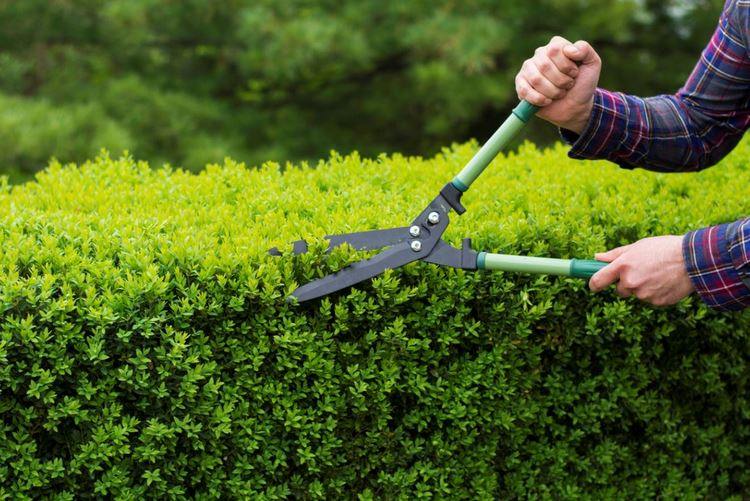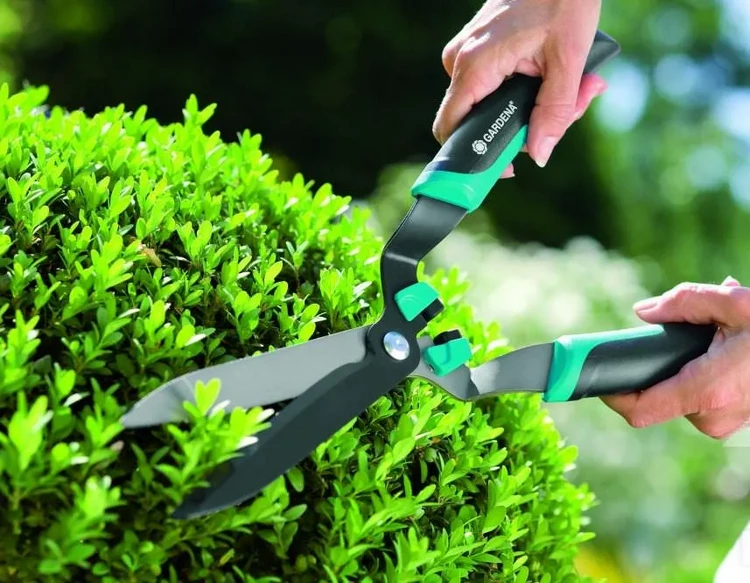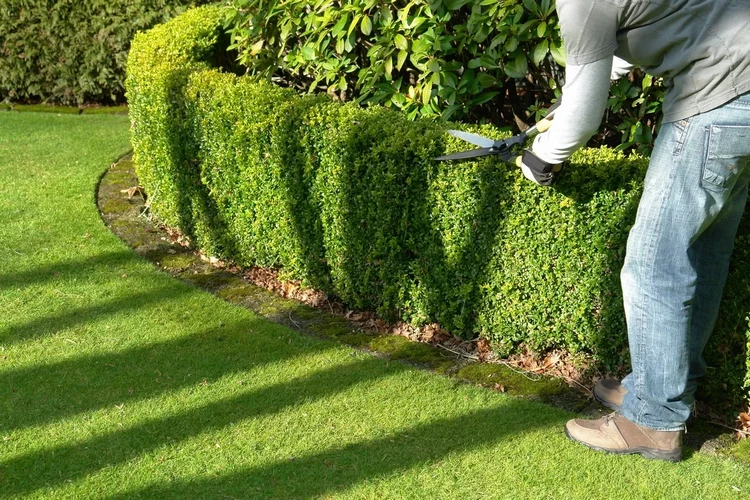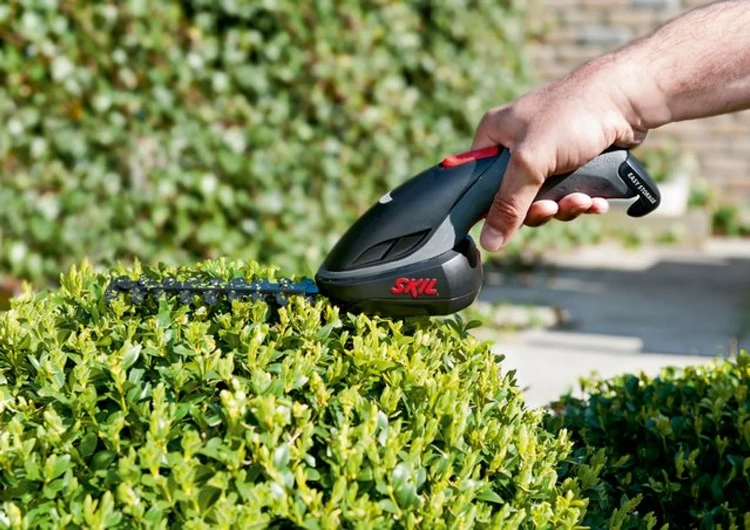Garden hedges are a popular way to mark the borders of properties or create different zones in the plot. Hedges should be pruned regularly to encourage new growth and maintain good appearance. When and how to prune garden hedges? When we talk about garden hedge maintenance, it is good to know that pruning is focused on the health of the plants forming it, while trimming is done for aesthetic purposes. Usually, trimming is carried out once or twice a year depending on the shape of the hedge – formal or informal.
Hedges are the perfect way to protect your privacy and enjoy your outdoor space. Such a living fence adds to the visual appeal of the garden, it can block out unsightly views and help you create a feeling of seclusion and intimacy. Many deciduous and evergreen shrubs that become dense and compact when sheared can be used as hedges. Hedges that have a strictly defined shape need regular restrictive pruning. Hedges that do not have a strict form require trimming, which controls excessive growth.
Why Do You Need to Prune Your Hedge?
Why prune garden hedges? Hedges improve the microclimate, effectively protect the garden from the winds, provide good protection from noise, serve as a reliable barrier to dust and exhaust gases near busy highways. However, if you neglect the maintenance of your garden hedge, it can easily invade into the neighboring property.
Proper pruning is important for the health of your hedges. By pruning dead or diseased parts of the plant, you will keep the hedge healthier while allowing new growth.
Privacy is one of the most common reasons people plant hedges. Pruning your hedges will allow them to grow denser and provide more privacy.
Home value is an important factor in many maintenance projects and a well-maintained hedge can increase the value of a property at the time of sale. Of course, the reverse is also true, as a poorly trimmed hedge can lower the value of a home.
Safety may not be the first thing you consider when thinking about trimming hedges, but it is also an important factor. Trimming the tallest hedges can reduce the risk of damage to buildings or vehicles during a storm by limiting the amount of deadwood that can be blown away.
When to Trim Garden Hedges?
The hedge consists of bushes, the growth of which is activated twice a year, in spring and at the end of summer. You will have to wait until the end of these 2 growth periods to trim and keep the shape and size you gave them for as long as possible.
Pruning should be carried out at the end of winter, until March 15 and in September-October.
It is recommended not to prune garden hedges from mid-March until the end of July due to the bird mating season. Birds might have nests that shouldn’t be destroyed so you’d better wait for the last young birds to emerge.
For flowering hedges, wait until flowering has finished before pruning.
Also read: Which Fruit Trees to Prune in October and November? How to Proceed?
How to Prune and Trim Garden Hedges?
Proper pruning of a hedge is a guarantee that the hedge will last for many years, keep it thick enough and optimize the growth of the hedge.
The base should be wider than the top. This allows you to give light to all the bushes that make up the hedge, which will keep it healthy and vigorous.
Using hand-held hedge trimmers are the best way to trim hedges to control them. Shears allow for more precision, especially for low hedges. However, an electric hedge trimmer also works very well. For larger branches, a branch trimmer must be used.
How to Prune a Flowering Hedge?
There is no doubt that a flowering hedge looks magnificent! Yet, do you know how to prune flowering shrubs? Late winter and early spring are the ideal times to prune many shrubs. At this time, shrubs are leafless, allowing you to better see the overall shape of the shrub and easily spot dead, damaged or diseased wood and structural defects. Since pruning stimulates new growth, late summer and fall are not desirable pruning times, as new growth at this time of year is prone to winter injury.
Summer-flowering shrubs, such as sweet summer queen (Phlox Paniculata) and Blue Mist spirea (Caryopteris clandonensis), are pruned in late winter or early spring.
Spring-flowering shrubs (those that flower before mid-June) should be pruned after flowering.






